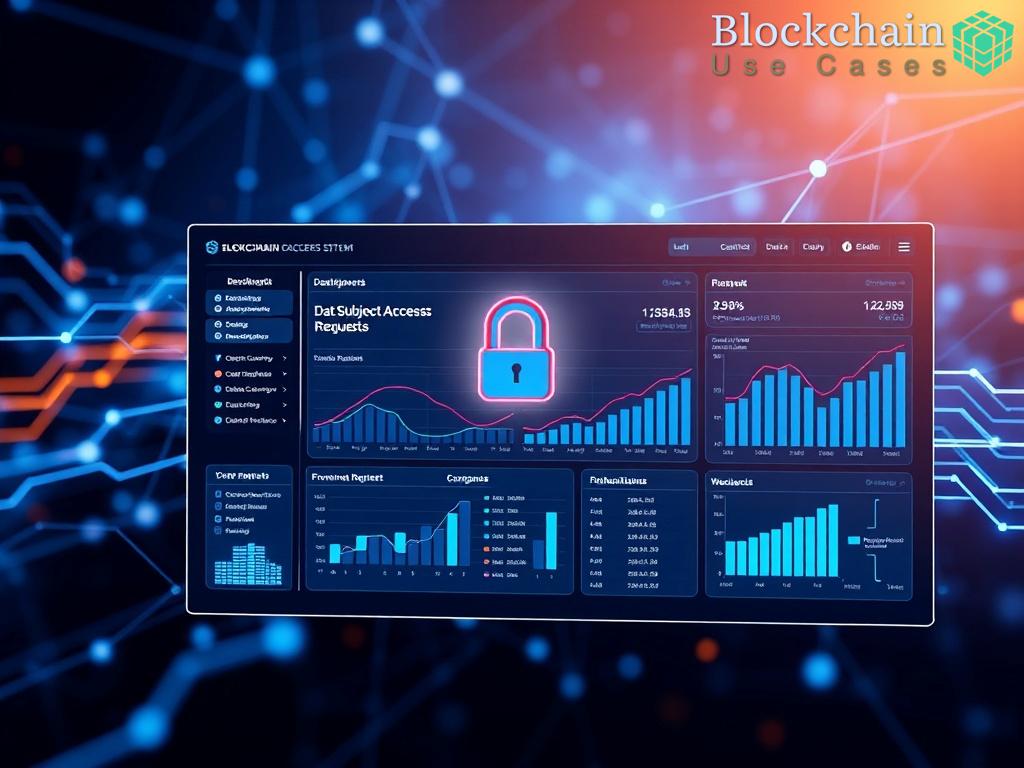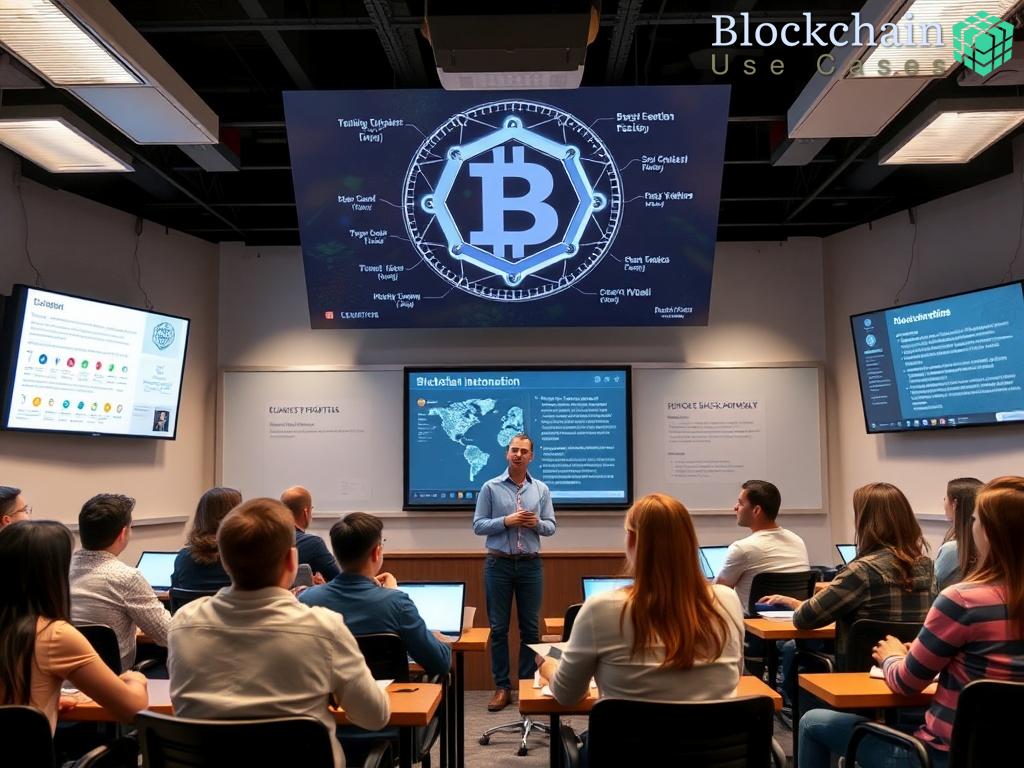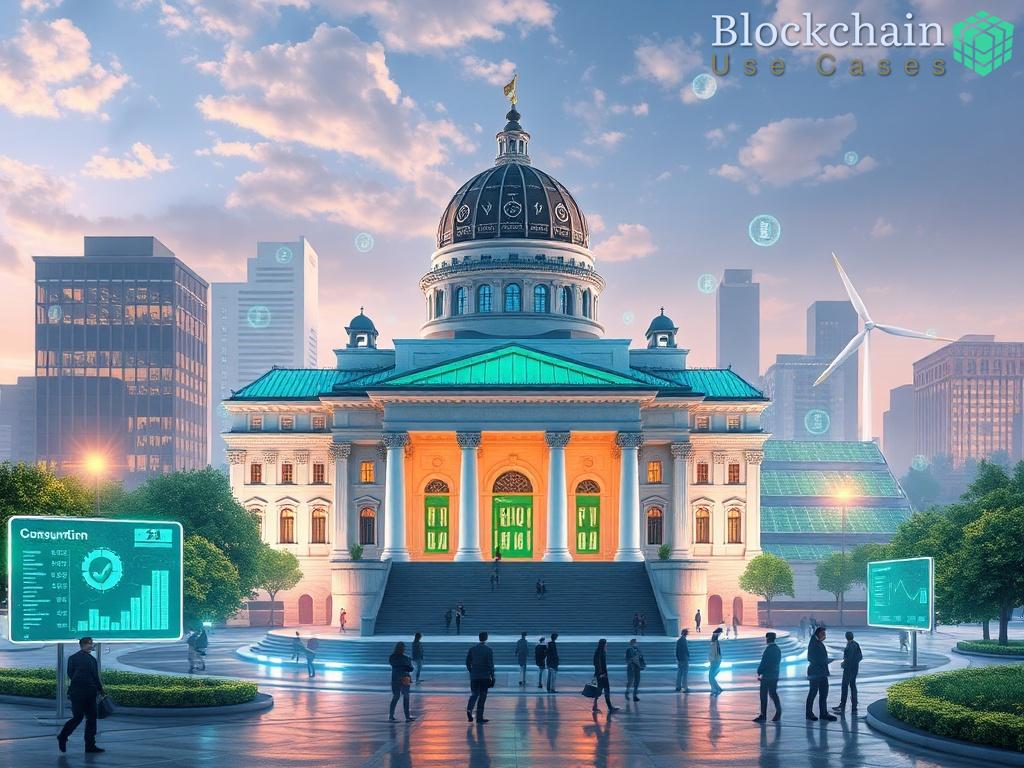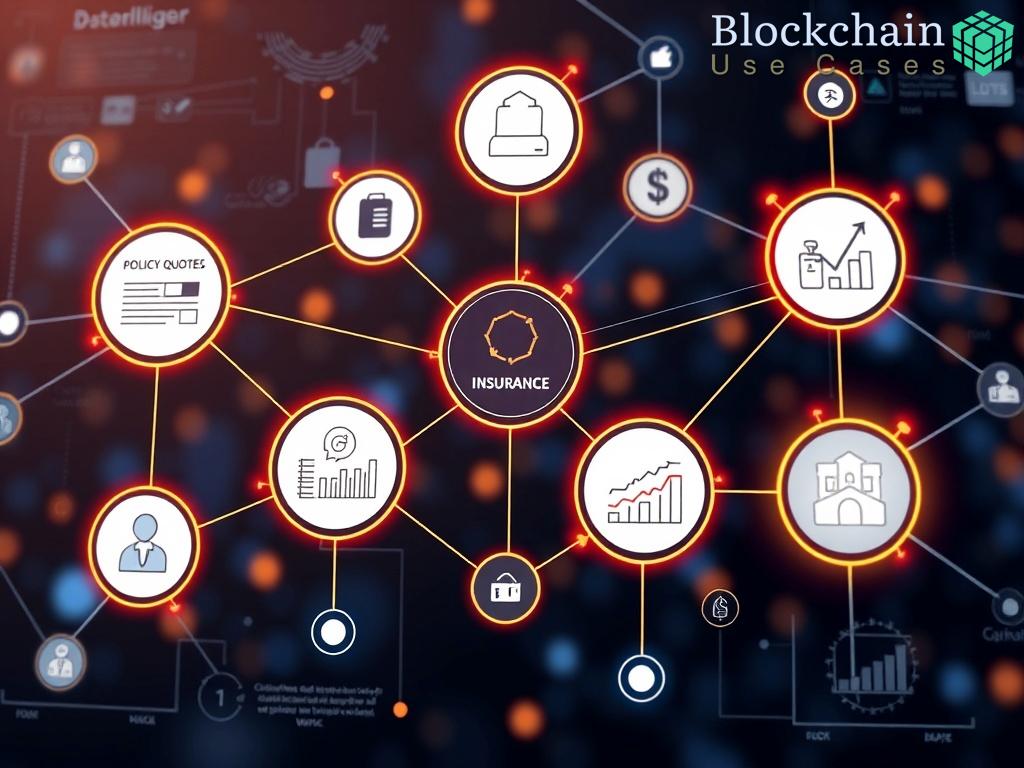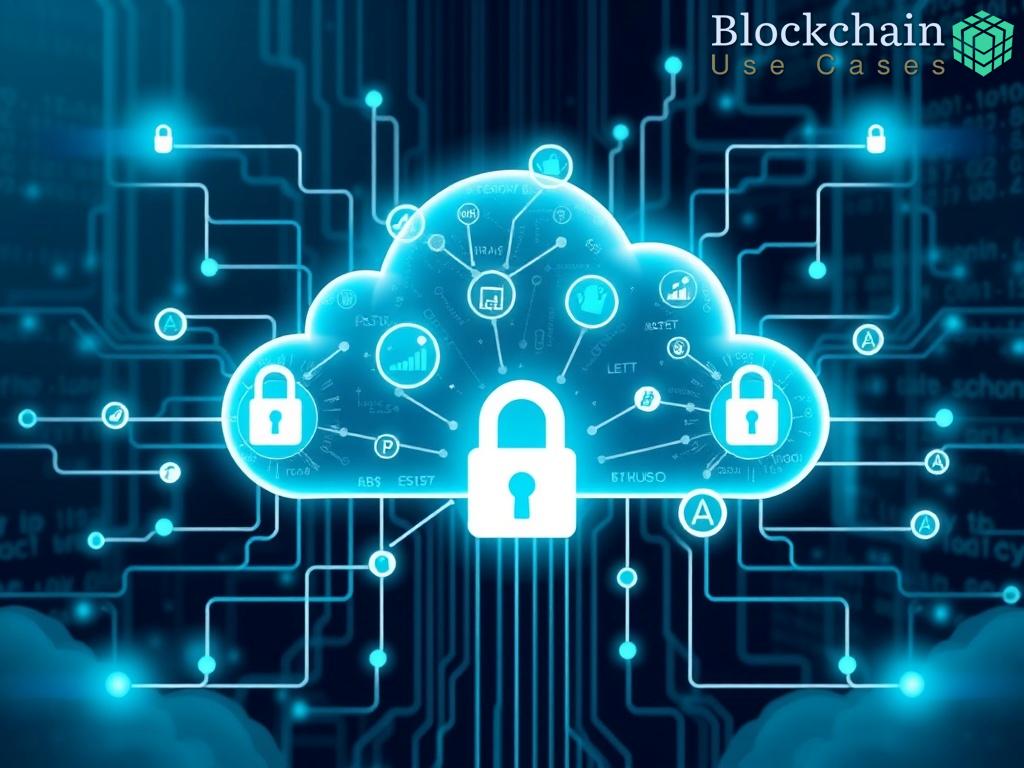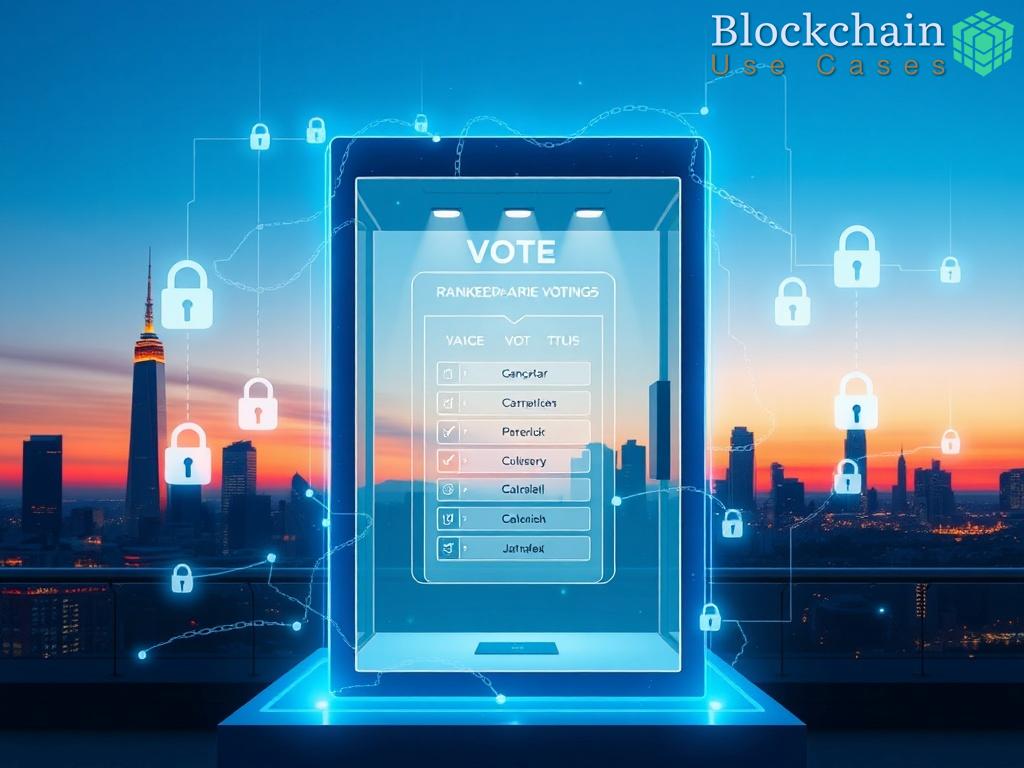The Role of Smart Contracts in DAO Voting Mechanisms
The advent of decentralized autonomous organizations (DAOs) has revolutionized the way entities are governed, particularly in the context of voting. Central to this transformation are smart contracts, which serve as self-executing agreements coded on blockchain networks. This article delves into the pivotal role that smart contracts play in DAO voting mechanisms, offering insights into their functionalities and benefits.
Smart contracts provide an unparalleled level of transparency and security in the voting process. Each transaction is recorded on a blockchain, ensuring that all votes are immutable and traceable. This transparency not only fosters trust among participants but also mitigates the risks of fraud and manipulation. By eliminating intermediaries, smart contracts empower users to engage directly in the decision-making process.
| Feature | Traditional Voting | DAO Voting with Smart Contracts |
|---|---|---|
| Transparency | Limited, often opaque | Fully transparent and verifiable |
| Security | Vulnerable to fraud | Immutable, cryptographic security |
| Speed | Time-consuming | Instant execution |
| Cost | High due to intermediaries | Low, as it eliminates third parties |
One of the most significant advantages of using smart contracts in DAO voting is the facilitation of inclusive participation. These contracts can be programmed to allow for various voting mechanisms, such as quadratic voting, which ensures that every member’s voice is proportionately represented. This approach not only enhances engagement but also democratizes the decision-making process, allowing for a more equitable distribution of power among participants.
- Voting Methods: Options include simple majority, supermajority, and ranked-choice.
- Stakeholder Engagement: Smart contracts can incentivize participation through rewards or penalties.
- Real-time Results: Immediate tallying of votes enhances the dynamic nature of DAO governance.
Ensuring Security and Transparency in Decentralized Voting Systems
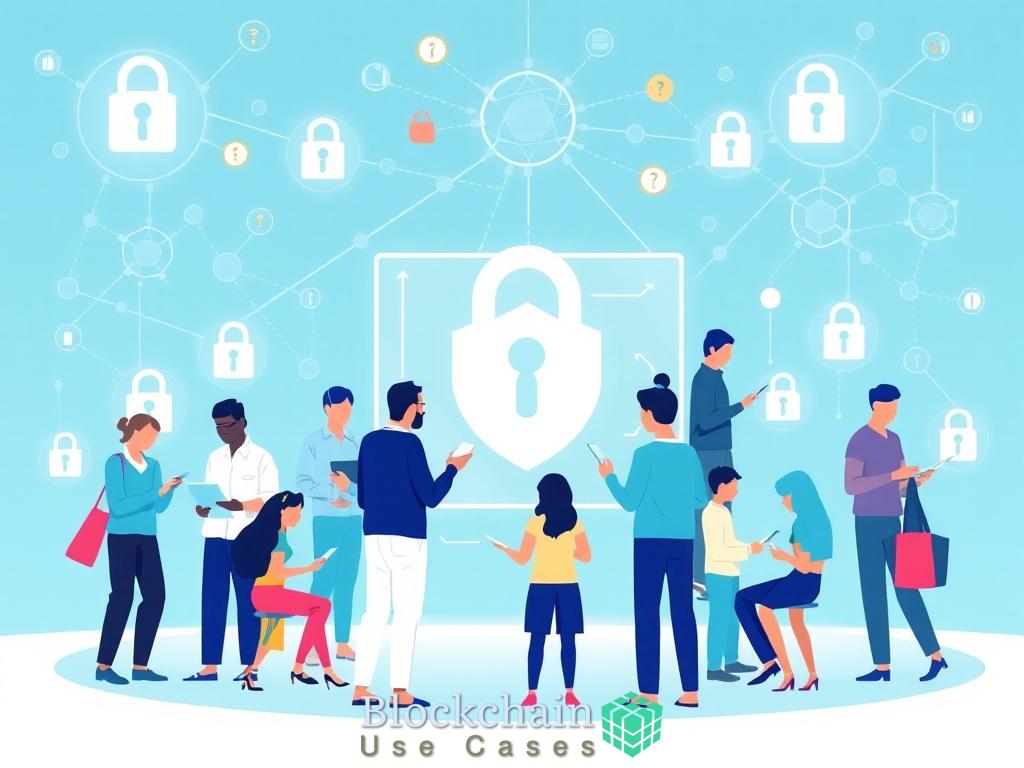
As decentralized autonomous organizations (DAOs) continue to gain traction in various sectors, the security and transparency of their voting mechanisms become paramount. With the reliance on smart contracts and blockchain technology, these systems promise a level of integrity previously unattainable in traditional voting setups. By harnessing the potential of decentralized platforms, DAOs can not only ensure secure voting processes but also cultivate an environment of trust among stakeholders, ultimately enhancing the governance model.
At the core of secure decentralized voting systems lies robust cryptography, which underpins the entire blockchain technology. Each vote cast is encrypted and linked to a unique identifier, ensuring that individual votes remain confidential while still being verifiable. This duality of privacy and transparency is a hallmark of effective DAO voting.
Identity verification is crucial in preventing fraudulent activities within voting systems. Decentralized identity protocols empower users to authenticate their identity without compromising personal data. By utilizing cryptographic proofs, participants can prove their eligibility to vote while maintaining privacy. This not only secures the voting process but also encourages wider participation by ensuring that only legitimate stakeholders are involved.
The effectiveness of decentralized voting systems hinges on several key features that work together to provide a secure and transparent environment. Below is a concise overview of these crucial elements:
- Immutable Record Keeping: Every vote is permanently recorded on the blockchain, making it nearly impossible to alter or delete.
- Auditability: The transparent nature of blockchain allows for independent audits, ensuring that votes can be verified by third parties.
- Real-time Monitoring: Stakeholders can monitor the voting process in real-time, further enhancing transparency and trust.
- Decentralized Control: Power is distributed among users, preventing any single entity from manipulating the outcome.
These features collectively contribute to the creation of a secure voting environment, fostering confidence among participants and encouraging active engagement in the governance process.
User Participation and Engagement Strategies in DAOs
In the rapidly evolving landscape of decentralized autonomous organizations (DAOs), fostering *user participation* and *engagement* is critical for their success. The inherent structure of DAOs empowers individuals to influence decision-making processes, yet achieving sustained involvement remains a challenge. To address this, DAOs are increasingly adopting innovative strategies designed to not only attract users but also maintain their active participation. These strategies are pivotal in cultivating a vibrant community that drives the organization’s objectives forward.
Incentive Structures as Catalysts for Engagement
One of the most effective ways to enhance user participation in DAOs is through the implementation of well-designed *incentive structures*. By rewarding members for their contributions—whether through voting, proposing initiatives, or engaging in discussions—DAOs can motivate individuals to become more involved. Incentives may take various forms, including governance tokens, which provide voting power and can appreciate in value, or direct rewards such as cryptocurrency payouts. This approach not only fosters engagement but also aligns the interests of participants with the goals of the organization.
Building Community Through Education and Transparency
Education plays a vital role in empowering users within DAOs. Providing resources and training about the voting process, governance structures, and the implications of decisions can demystify the participation process. Furthermore, leveraging *transparent communication* channels such as forums, social media, and regular updates can keep members informed and engaged. When users feel knowledgeable and aware of ongoing initiatives, they are more likely to actively participate in governance, resulting in a more dynamic decision-making environment.
| Engagement Strategy | Description | Potential Benefits |
|---|---|---|
| Incentive Structures | Rewarding participation with tokens or cryptocurrency | Increased motivation and alignment of interests |
| Educational Resources | Providing training and information on DAO operations | Enhanced understanding and confidence in participation |
| Transparent Communication | Utilizing various channels for updates and discussions | Strengthened community ties and involvement |
Creating Inclusive Decision-Making Processes
Ensuring that decision-making processes are inclusive and representative is crucial for fostering a sense of belonging among users. DAOs can implement various voting mechanisms that cater to diverse perspectives, such as *quadratic voting*, which allows users to express the intensity of their preferences. Additionally, providing opportunities for *feedback* and *open discussions* can create an environment where all voices are heard, further enhancing user engagement. When participants see that their opinions matter, their commitment to the DAO’s governance increases, leading to a more collaborative atmosphere.
Comparative Analysis of Voting Protocols for DAOs
As decentralized autonomous organizations (DAOs) continue to evolve, the selection of an appropriate voting protocol becomes critical in shaping governance models and user engagement. Various voting protocols have emerged, each offering unique advantages and challenges. This comparative analysis aims to explore these protocols, providing insights into their functionalities and suitability for different DAO structures.
DAOs can implement a range of voting protocols, each designed to fulfill specific governance needs. By examining the most prevalent protocols, stakeholders can make informed decisions that align with their organizational goals.
| Voting Protocol | Description | Advantages | Challenges |
|---|---|---|---|
| Simple Majority | A straightforward protocol where the option with the most votes wins. | Easy to understand; quick results. | May not reflect minority opinions. |
| Ranked Choice | Voters rank options, and preferences are tallied to find the most favored choice. | Encourages broader consensus; reduces spoiler effects. | Complex counting process; potential for voter confusion. |
| Quadratic Voting | Allows voters to express the intensity of their preferences by allocating votes across choices. | Balances power dynamics; fosters equitable representation. | Requires understanding of the system; potential for strategic manipulation. |
| Delegated Voting | Members can delegate their voting power to a trusted representative. | Increases participation; can lead to informed decision-making. | Risk of centralization; potential misalignment of interests. |
The table above outlines the fundamental characteristics of various voting protocols, highlighting their respective advantages and challenges. Understanding these nuances allows DAOs to select the most suitable protocol that addresses the needs of their members while promoting active engagement.
When deciding on a voting protocol, DAOs must consider several strategic factors, including the size of their community, the complexity of the decisions being made, and the level of engagement they wish to foster. For instance, larger DAOs may benefit from more sophisticated voting systems like quadratic voting to ensure equitable representation, while smaller organizations might prefer the simplicity of a simple majority. Ultimately, the chosen protocol should reflect the values and goals of the DAO, encouraging participation while maintaining transparency and integrity in the voting process.
Legal and Regulatory Considerations for DAO Voting Platforms
As decentralized autonomous organizations (DAOs) gain prominence, the legal and regulatory landscape surrounding their voting mechanisms becomes increasingly complex. The integration of blockchain technology and smart contracts into governance structures presents unique challenges for compliance, necessitating a thorough understanding of applicable laws and regulations. This exploration will address key legal considerations that DAO operators must navigate to ensure their voting platforms are viable and compliant.
One of the foremost challenges in governing DAOs is the ambiguity surrounding jurisdiction. Unlike traditional organizations, DAOs often operate across multiple jurisdictions, making it difficult to pinpoint which laws apply. Legal frameworks regarding corporate governance, securities, and privacy can vary significantly from one region to another. Consequently, DAO developers and participants must conduct due diligence to comprehend how their activities align with local regulations.
A critical aspect of the regulatory landscape for DAOs pertains to securities laws. In many jurisdictions, the issuance of tokens or governance rights can be classified as a security, triggering compliance requirements. DAO operators must assess whether their tokens fall under the definition of a security, which may involve evaluating the rights and expectations of token holders. Failure to comply with securities regulations can result in severe penalties and legal repercussions.
As DAOs utilize decentralized platforms for voting, adherence to data protection laws is paramount. Regulations such as the General Data Protection Regulation (GDPR) in Europe impose stringent requirements regarding the handling of personal data. DAOs must implement measures to protect user information while ensuring that voting processes remain transparent and verifiable. This dual focus on privacy and transparency is essential for fostering trust in the governance model.
In conclusion, DAO voting platforms must carefully navigate a myriad of legal and regulatory considerations to operate effectively. By addressing jurisdictional challenges, complying with securities laws, and ensuring data privacy, DAOs can establish robust governance frameworks that not only enhance user engagement but also build confidence among stakeholders.


